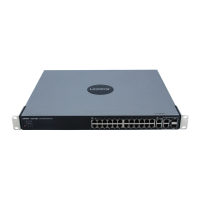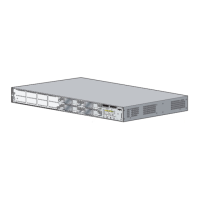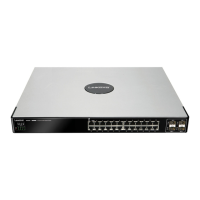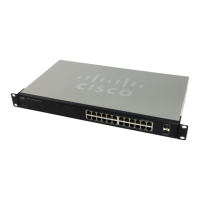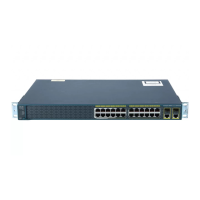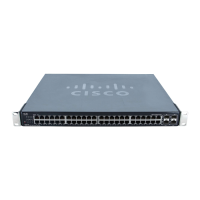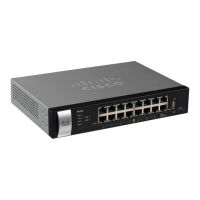5-20
Cisco SCE 2000 4xGBE Installation and Configuration Guide
OL-7824-06
Chapter 5 Connecting the Management Interfaces and Performing Initial System Configuration
Initial System Configuration
The correct value for each parameter must be ascertained before configuring the system to make sure
that the system will function in the desired manner. (See Information About Topology for a
comprehensive discussion of topology and the related parameters.)
Note Values may not be requested for all topology-dependent parameters, as certain parameters do not apply
to all topologies.
There are six topology-related parameters:
• Connection mode — Can be either of the following, depending on the physical installation of the
SCE 2000 .
–
Inline
–
Receive-only
• Type of deployment — Can be one of the following, depending on the actual deployment:
–
Single-SCE Platform — a single SCE 2000 is deployed on one or two GBE links
–
Cascade — two cascaded SCE 2000 s are deployed on two GBE links, working as a fully
redundant solution.
• Physically connected link (cascade topology only) — In a cascade topology, the user must assign
an index to each of the links. This index is used to identify the services per link.
In a single-SCE platform deployment, the indices of the links cannot be changed by the user and are:
–
link-0 — the link connected to ports 1 and 2
–
link-1 — the link connected to ports 3 and 4
• In a cascade deployment, the user must define which link is connected to which SCE 2000 . The
index must be different for each SCE 2000 . In this case the user can choose one of the following:
–
Link-0 — the link connected to this SCE 2000 is identified as 0.
–
Link-1 — the link connected to this SCE 2000 is identified as 1.
• Priority (cascade topology only) — In a cascade topology, this parameter determines which SCE
2000 is chosen as the active SCE 2000 in the “active election” procedure. This decision is taken only
when both SCE 2000 s are starting up together. If there is one working SCE 2000 and the other is
just starting up, then the working one will automatically be chosen as active and the other one as
standby. This parameter can be set to one of the following:
–
Primary
–
Secondary
• On-Failure behavior — Determines the behavior of the SCE 2000 upon failure, or reboot. One of
the following link modes may be chosen for the SCE 2000 in the cases of failure or reboot.:
–
Bypass — traffic is bypassed using the internal bypass card.
–
Cutoff — the link is forced down.
• Admin status after abnormal reboot — This parameter determines whether the SCE 2000 returns
to full operational mode after abnormal (not user-requested) boot, or stays in non-operational mode,
in which the SCE 2000 behaves as in failure mode. This parameter can be set to one of the following:
–
Operational
–
Non-operational
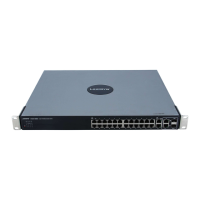
